For Product Registration and general enquires please contact us
Olympia
$7.99 – $139.99
Olympia spinach seeds probably produce the best dark green plain leaf type for year round sowing and harvest. This fast growing spinach holds its leaves up off the ground and is an excellent choice for cooking and salads.
West Coast Seeds ships anywhere in North America. However, we are not able to ship garlic, potatoes, asparagus crowns, bulbs, onion sets, Mason bee cocoons, or nematodes outside of Canada. We regret, we cannot accept returns or damages for orders outside of Canada. The minimum shipping charge to the US is $9.99.
Description
More details about Olympia
Olympia spinach seeds probably produce the best dark green plain leaf type for year round sowing and harvest. This fast growing spinach holds its leaves up off the ground and is an excellent choice for cooking and salads. Harvest promptly in mid-summer to preempt bolting. This variety was bred in the Pacific Northwest and is tolerant to downy mildew races 1, 2 and 3, 5, 8 and 9, 11, 12, and 14. Depend on Olympia for upright growth and attractive round leaves for spinach salad nearly any time of the year. Try this spinach in containers for baby leaf production in your patio garden. Matures in 45 days. (Hybrid seeds)-
- Excellent choice for salads
- Dark green plain-leaf spinach
- Tolerant to downy mildew
- Hybrid seeds
- Matures in 45 days
All About Olympia
How to Grow Spinach

Step 1: Timing
Spinach does best in cool weather. Direct sow in the period four weeks before, and three weeks after the last frost date. Spinach will bolt once days get long and hot. Some varieties grow enough to harvest before they bolt. For continuous supply, plant every 3 weeks. Sow again in the middle two weeks of August for a fall crop that, if cut at the soil level, will come back early the following spring where winters are mild. Shade summer-sown seed beds, keep very well watered, and sow more seeds than you need, as warm soil will reduce germination rates marginally. Thin seedlings, and use cloche protection as cold weather approaches. Late sowings like this can be harvested into December – in mild winters if cloche protection is provided. Optimal soil temperature: 5-20°C (45-70°F). Seeds should sprout in 7-14 days.
Step 2: Starting
Sow seeds 1cm (1/2″) deep, 10 seeds per 30cm (12″), in rows 30-45cm (12-18″) apart. Thin to at least 5-8cm (2-3″) between plants, or further if you want larger leaves.
Step 3: Growing
Ideal pH: 6.0-6.5. This heavy feeder requires rich soil. Dig in ¼-½ cup balanced organic fertilizer beneath every 1m (3′) of row. Overwintering spinach requires well drained soil.
Step 4: Germination
Days to maturity: From direct sowing. In optimal conditions at least 65% of seeds will germinate. Usual seed life: 3 years. Per 100′ row: 400 seeds, per acre: 174M seeds.
Step 5: Harvest
For baby greens, pick when the leaves are 7-10cm (3-4″) long. Individual leaves can be picked at anytime, until the plant has started to bolt. Cut the whole spinach plant just above soil level.
Tips!
Disease & Pests: Pale, soft tunnels on leaves are probably leaf miner damage. Prevent by covering with floating row cover. You can kill the little insect causing the damage by pinching it inside the leaf. Destroy any affected leaves. Downy mildew is a fungal disease that causes greyish mould on the leaves. To avoid it, provide ample ventilation and avoid overhead watering.Additional information
| Matures | in 45 days |
|---|---|
| Season | Cool season biennial |
| Exposure | Full sun to partial shade |
| Quantity | 5g, 10g, 25g, 100g, 500g, 1kg |
You must be logged in to post a review.




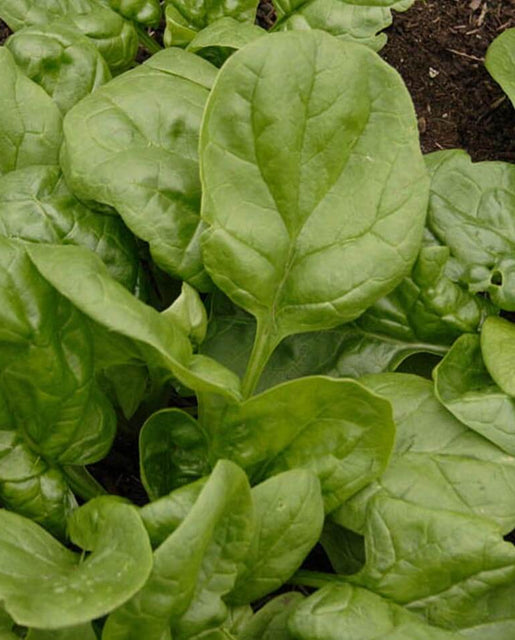
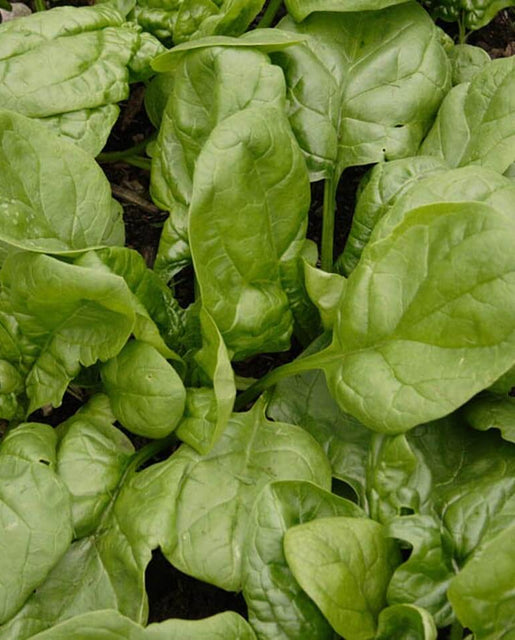
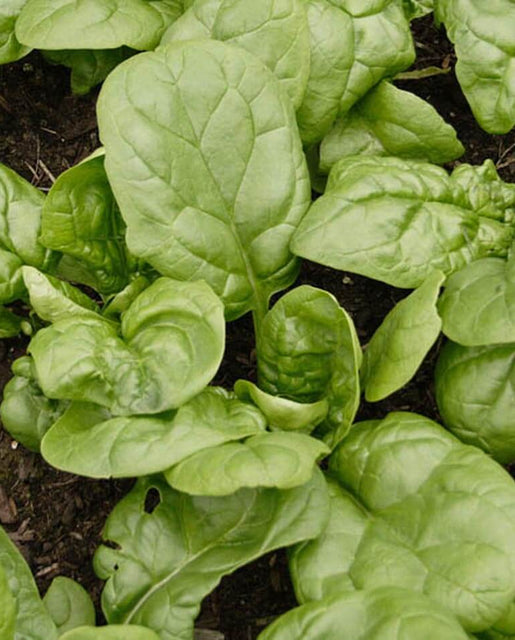
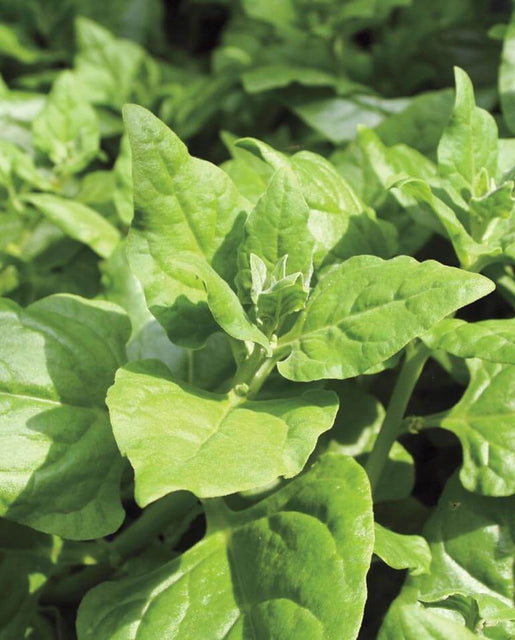
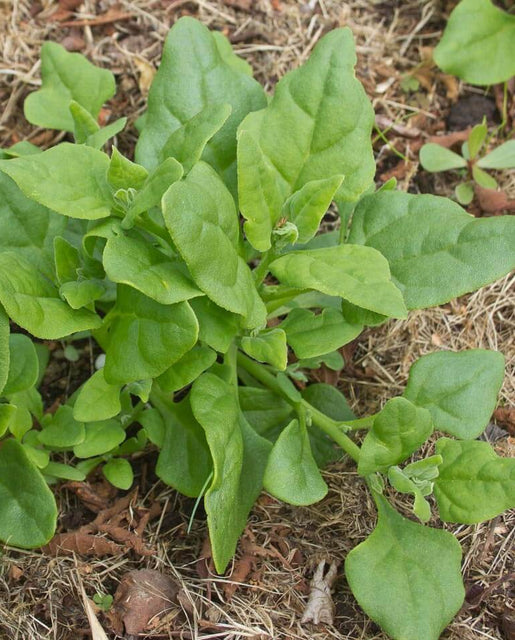




Reviews
There are no reviews yet.